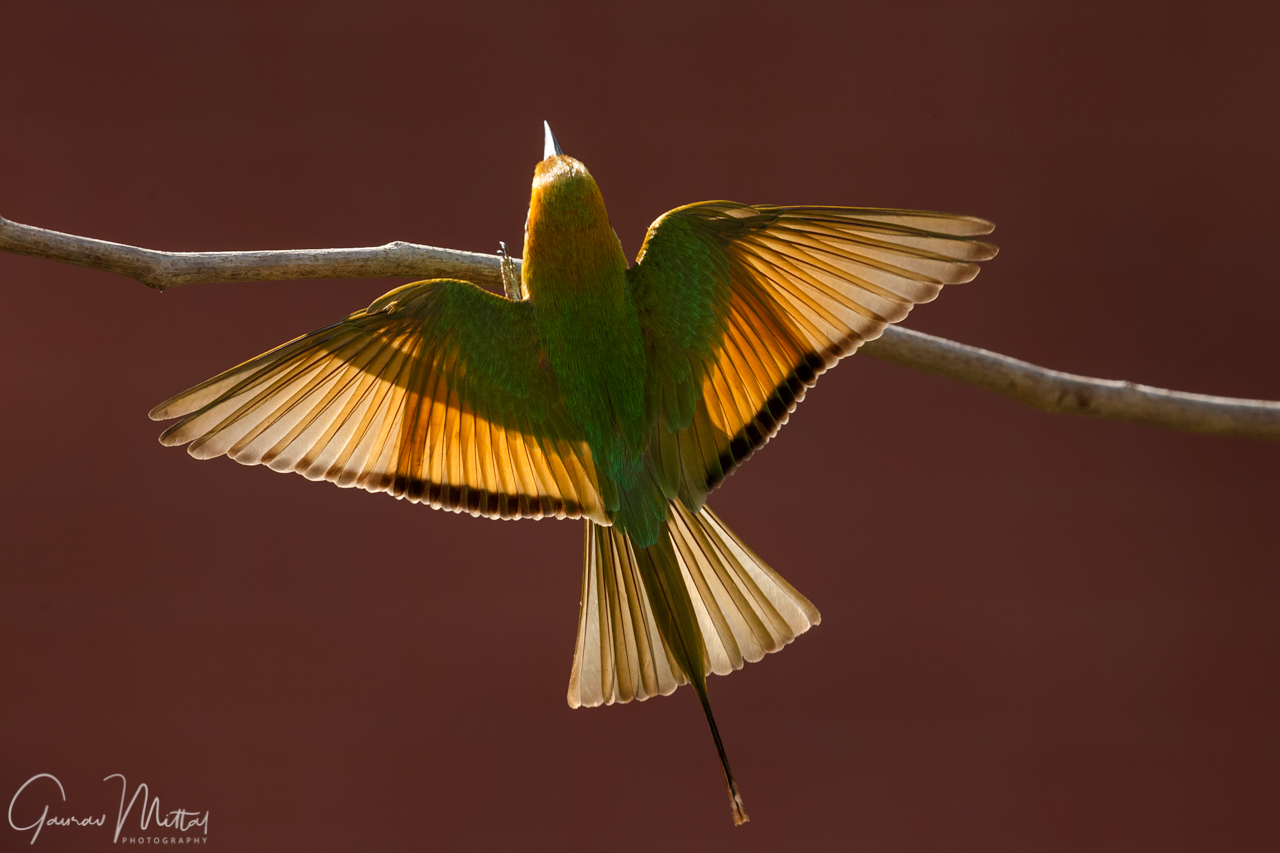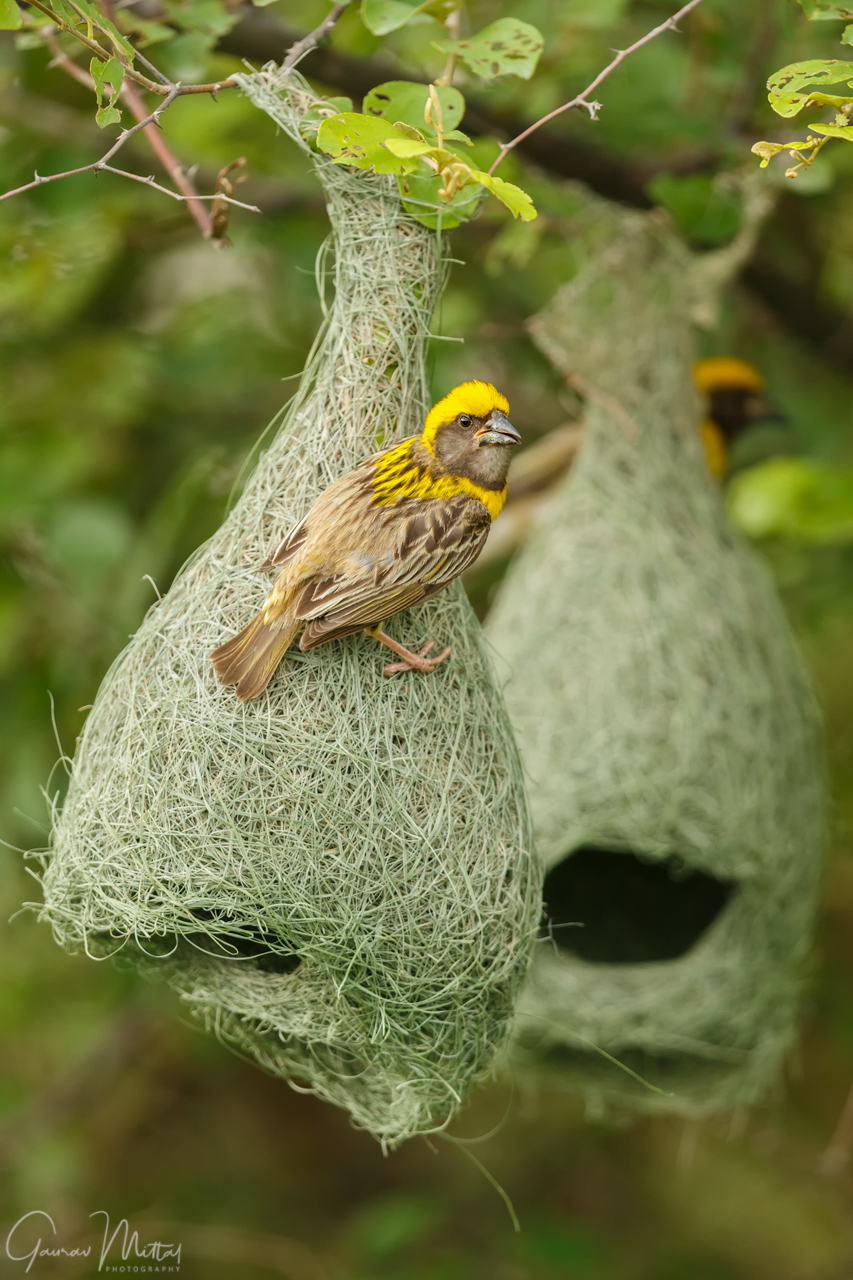08
Jun
Being Creative With Your Wildlife Photography
- By Gaurav Mittal
- No Comments
In a three-part article, Composition Tips for Wildlife Photography that I wrote a while back, I discussed composition tips and the basic photography rules and principles to come up with effective compositions in relation to wildlife photography. As you grow and develop your technical skills, it is very important to nurture your creative approach towards your subject. By doing this, you can start to produce images that have a fresh, exciting, and unique feel; images that stand out loud amongst the sea of images.
In this article, I share some tips on creative composition and how to make images that break from the tradition and offer the audience a unique view.
Deconstructing The Rule of Thirds Principal
First and foremost, it is essential to understand that the basic rules of composition in photography are a general guideline meant to help you understand the basic framework in image making. If you get too glued to those rules, your images may have a consistent pattern of redundancy.
Take a look at the image above, I had made a decision that I wanted to make an image of a bird that would fill the entire frame and put it in dead center. This pretty much breaches the rule of thirds by not placing the subject on one side of the frame and leaving more room for it. Why does this composition still work? For two reasons… first, by filling the frame, the bird appears larger than life and I wanted my audience to have an up-close experience and see and feel the connection and eye contact I was making with the bird. In order to achieve this, I placed myself in an area where the birds were flying towards me. I waited and pressed the shutter as the bird got closer and filled the frame.
The second reason these composition works is that the diagonally-placed wing position of the bird reaches the corners of the frame. This helps create an anchor and adds an overall balance to the frame.
Go Against The Light
Where we place our subject in relation to the angle of the light is just as important as shooting at a time of day when the light is the sweetest. We all aim to shoot birds in the morning or late in the day when the light is golden – we like our subjects beautifully lit up before we press the shutter. In workshops, you learn to point your shadow at your subject or, in other words, the sun is directly behind you when you shoot. I agree. It is the way I also shoot.
However, I like to challenge myself and try shooting from various angles. My first step is to position myself at different angles and see how the light hits the subject. I then decide what I want to capture, some still images or action. You also need to recognize that, besides knowing camera technique, you must study and understand your subject.
Take a look at the image below of the bee-eater. By sitting at an angle so that the bird was backlit, I waited until the sun started coming down (around 3 o’clock); I know that these birds frequently fly off to capture bees and other flies and come back to the same spot to have their meal. I then pre-focused on the general landing area and, after many attempts, I was able to capture the bee-eater coming in with the light beautifully coming through and illuminating the wings.
Only with certain birds can you create such an effect due to the color and or lightness of the wings. To sum up what I have mentioned above, in order to capture this kind of composition, you must plan, study the light and subject, be patient, and then execute.

Canon 1D X / 600mm / 1/1600sec @ f/8.0
Shoot More Vertical Compositions
It is very important for me to share a tip with you about shooting more vertical compositions because they are unique to wildlife photography. Generally speaking, most wildlife photographers tend to not think of turning the camera sideways; they tend to leave the camera in a horizontal setting. Moving to a vertical setting requires an extra step and a vertical grip is not a natural feel. Even more, with so much action happening in wildlife settings, one can get complacent and simply feel that a vertical crop in post-processing is the easier way out. I suggest that you make it a goal the next time you go out to shoot… make a concrete effort to achieve a vertical composition in the camera.
First of all, vertical images are best complemented when the subject or the scene is vertical or when the subject is taller than it is wider. The image below is a good example of a balanced vertical composition. Just as Baya weaver bird is unique, so is it’s habitat. I knew that the long-hanging nest was a good fit for shooting vertically. By going vertical, I can draw the viewer’s attention to the long nest from the top down. Having the bird in the center of the frame sitting on the nest helps in completing the story about the bird’s habitat
In conclusion, I would like to say that the art of creative composition and presenting images that are unique require planning and creative vision. It begins the day you realize that you want to achieve this by getting the process right in the camera as opposed to relying on post-processing techniques.






Submit a Comment